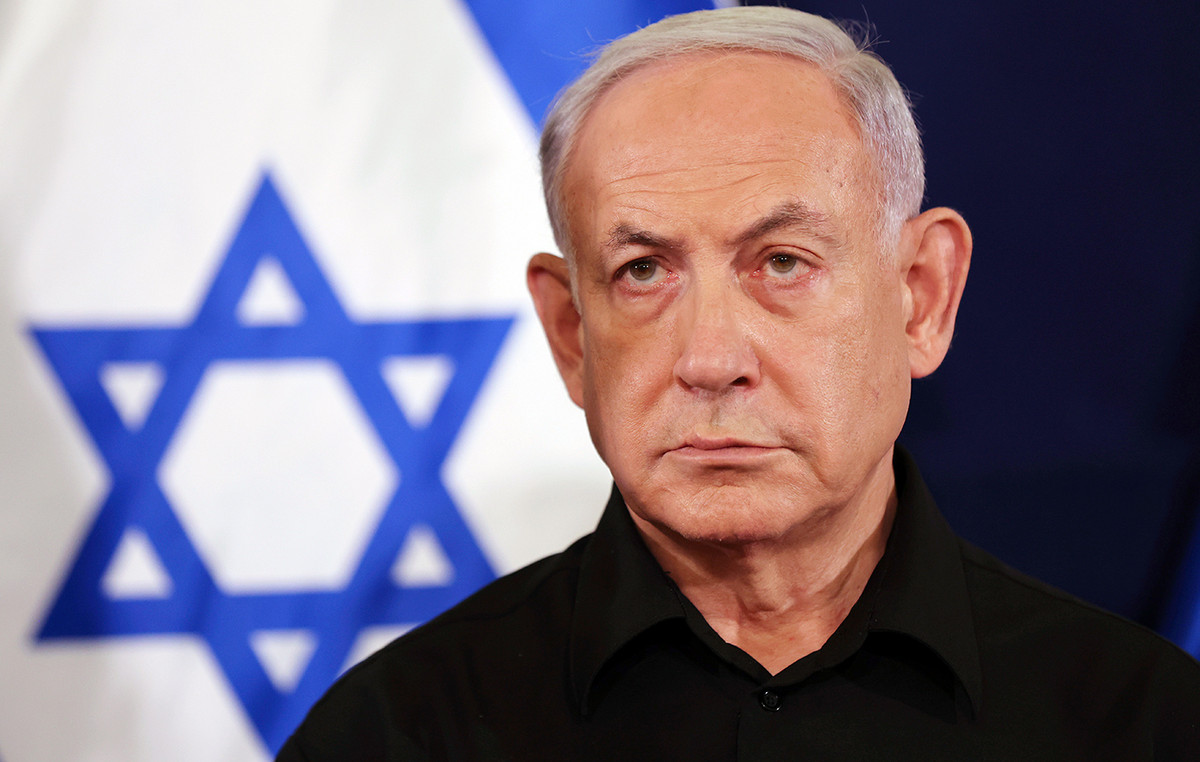At least since the forced incorporation of the territory of Austria into Germany in 1938, before the Second World War, the mere mention of the word “annexation” tends to generate tensions and uncertainties under the shadow of armed conflict.
Now, the word has been invoked again by the government of Guyana, which accuses Venezuela of trying to annex the territory of Essequibo, a region disputed by the two countries for years. The International Criminal Court also used the term, pointing out that an annexation by Venezuela would be illegal.
In the referendum held on Sunday (03), the results announced by Nicolás Maduro’s government indicate that voters approved the creation of a new Venezuelan state in Essequibo.
On Tuesday (05), Maduro announced that he would proceed in accordance with the result. The bill for this was approved in the first discussion in the National Assembly.
This dispute between Venezuela and Guyana over the Essequibo dates back to the 19th century, and both countries claim it as theirs, although it is Georgetown (capital of Guyana) that has effective control.
Thus, Venezuela does not talk about annexation. It states, however, that it lost the territory in 1899 due to the Paris Arbitral Award, which it has considered since 1962 to be null and void.
Guyana, in turn, considers that this sentence ended the dispute over the sovereignty of that territory.
Thus, in Sunday’s referendum it was asked whether the Venezuelan population agreed to reject the current limits and create a State.
What does an annexation of territory consist of?
When a State unilaterally proclaims its sovereignty over the territory of another State, generally through the use of force or the threat of force, we are talking about an annexation, as defined by the International Committee of the Red Cross.
It is not, therefore, just an occupation or invasion.
According to the Rome Statute, the constitutive instrument of the International Criminal Court, annexation also constitutes an act of aggression and a crime under international law.
These are 4 cases of annexations in history:
1 – Ukraine x Russia
The Crimean peninsula, on the Black Sea, was for centuries under the control of Moscow, first through the Russian Empire and then the Soviet Union. In 1954, then Soviet President Nikita Khrushchev approved the transfer of Crimea to what was then the Ukrainian Soviet Socialist Republic. After the fall of the USSR in 1991, it continued to be part of Ukraine.
In 2014, Russia advanced militarily into Crimea and annexed the territory.
It was the origin of a long conflict that led to Russia’s invasion of Ukraine in 2022. In the recent war there were four other annexations by Moscow: the regions of Donetsk, Zaporizhzhia, Luhansk and Kherson.
Ukraine rejected and condemned these annexations of its territory by force, and the international community did not recognize the new borders delimited by Moscow.
Meanwhile, the war continues.
2 – West Bank x Jordan
In 1949, at the end of the first war between Arabs and Israelis, Egypt took control of the territory of Gaza and Jordan did the same with the West Bank.
Both territories had been contemplated as part of the State of Palestine in the 1947 UN partition plan, which did not materialize.
But Jordan went further: in 1950, it annexed the territory of the West Bank, which included East Jerusalem, and ruled the region until the Six-Day War in 1967, when Israel took control.
For the international community, the West Bank is, together with Gaza, one of the territories of a future Palestinian State, although effective control is in the hands of Israel.
World authorities have also not yet recognized the annexation of Jordan and indicated that they would not recognize a possible annexation by Israel.
3- Tibet x China
Tibet, a mountainous territory in southern China that had been ruled by the Dalai Lama since the 17th century, was annexed by China in 1951 following a military invasion that quickly defeated Tibetan forces.
Since then, the Dalai Lama’s government has been in exile in India and continues to demand the territory’s independence.
The international community, however, recognizes the territory of Tibet as an autonomous region of China, according to the 1951 agreement that ended Tibetan independence.
4 – Austria x Germany
At the time of Adolf Hitler’s greatest power in Germany, German troops invaded Austria in March 1938 to take control of the country and incorporate it into its borders.
Known as Anschluss — a German word meaning connection — this annexation process is seen as a turning point in European and world history: Nazi Germany committed an act of aggression and violated the Treaty of Versailles, but the international community did not react.
In September of the same year, Germany annexed the Sudetenland, a region of the Czech Republic. In September 1939, World War II began with the invasion of Poland.
Since then, the Anschluss has been associated with the concept of annexation, and both with the Second World War. Germany and Austria separated again at the end of the conflict in 1945.
Source: CNN Brasil
Bruce Belcher is a seasoned author with over 5 years of experience in world news. He writes for online news websites and provides in-depth analysis on the world stock market. Bruce is known for his insightful perspectives and commitment to keeping the public informed.







